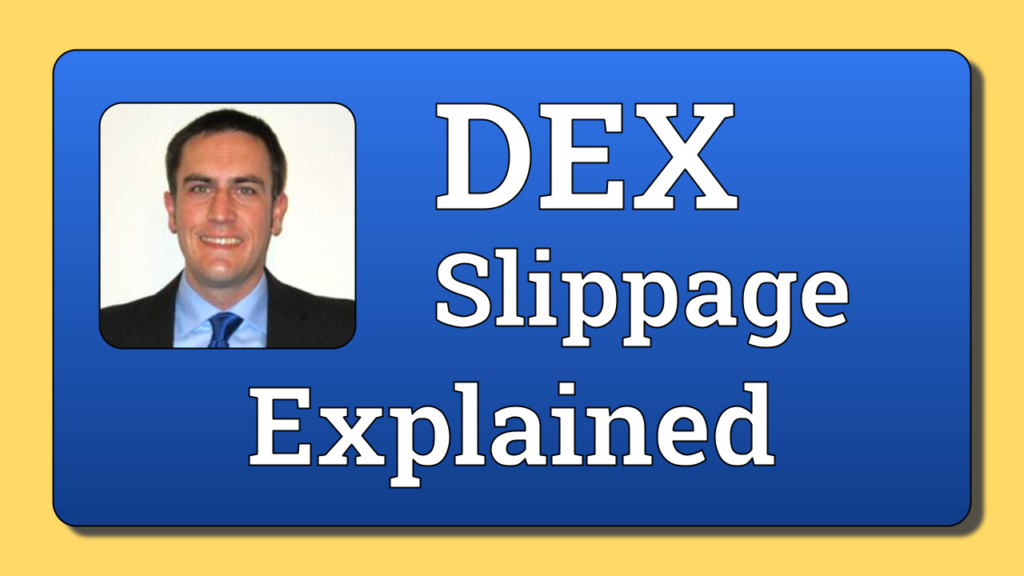This video explains the meaning of slippage in decentralized crypto exchanges (DEXs). It arises from a host of problems that are being fixed through many efforts. I cover those down below the vid.
Slippage means getting a different price on a trade compared to what was quoted. It causes problems for traders and discourages people from using DEXs.
Price discrepencies arise from many issues such as low liquidity, volatility in prices, and network congestion that back up trades. For now, slippage comes with the territory of decentralized exchange. Improvments will come in the near future.
DEX Slippage Cures
There are many technology improvements in the crypto space that will help traders get a better price. Here’s a few that I see coming into existence which will improve liquidity:
- Reducing fees: as Layer 1 and Layer 2 networks evolve, transaction fees will come down. This will bring more liquidity to DEXs.
- DEX aggregators: these are new cryptocurrency platforms which compile trades from many DEXs and blockchains in one interface. They are linking up huge pools of trades to form large exchange networks.
- Bridges and interoperability: more effforts at blockchain bridges (Layer 3) and interop protocols will expand liquidity too.
- Trade routing tech: blockchains such as XRP Ledger and Stellar Network have had built-in decentralized exchanges for over a decade. Liquidity will improve with similar technology.
- Limit orders: options for limit orders and stop-limit orders will expand across DEXs to reduce slippage.
- Dynamic pricing: algorithms will evolve to give better pricing at the time of trades.
There is a horde of developers and experts working to improve slippage and other issues for decentralized exchange. As a result, I see the future as one giant liquidity pool where everyone is a partner instead of a competitor. It seems utopian, but we’ve seen crazy shit in the 2020’s so far!
